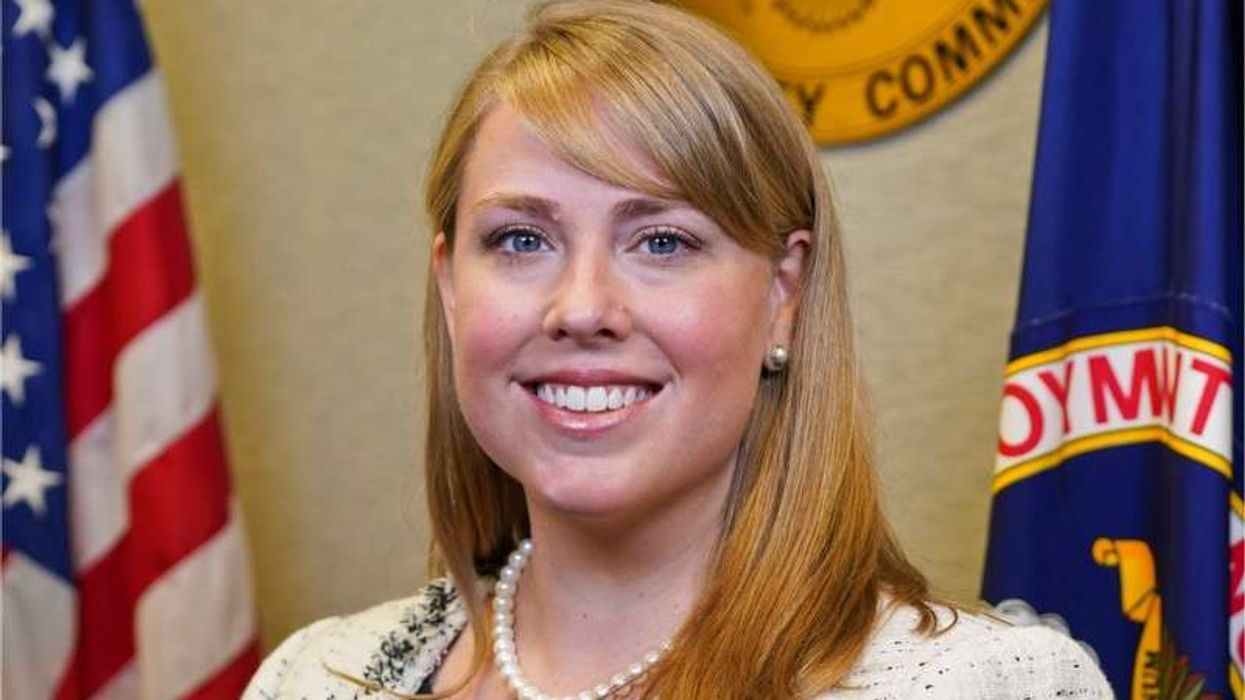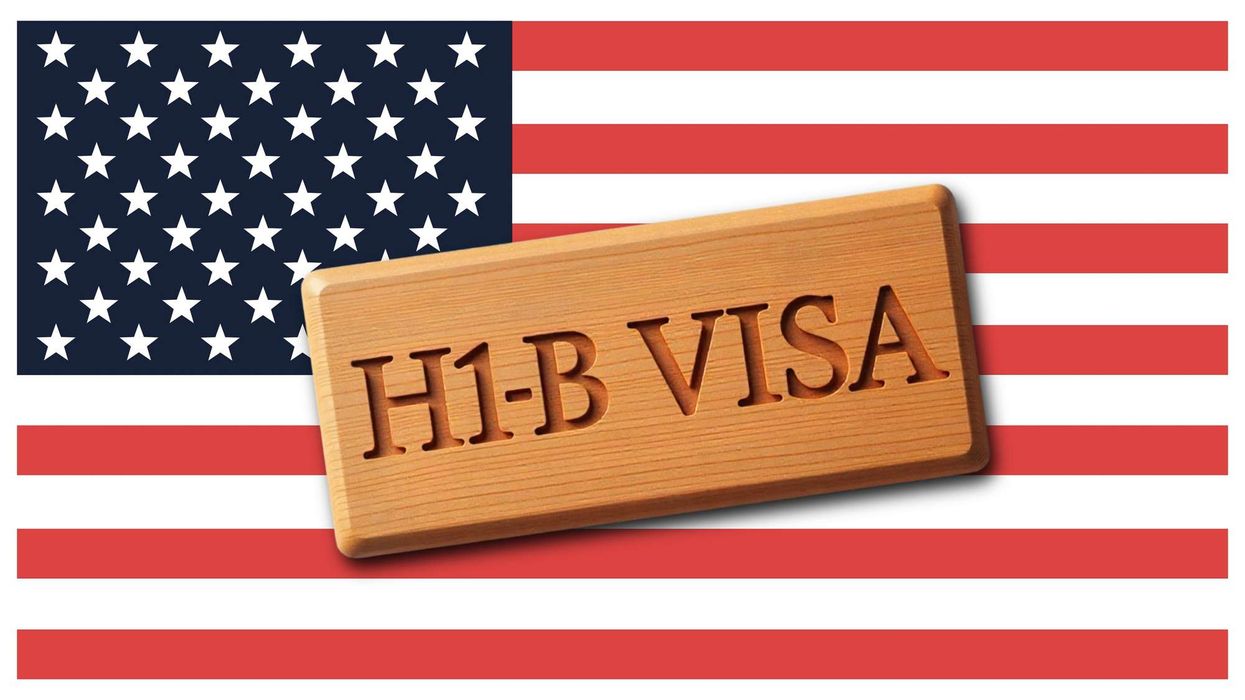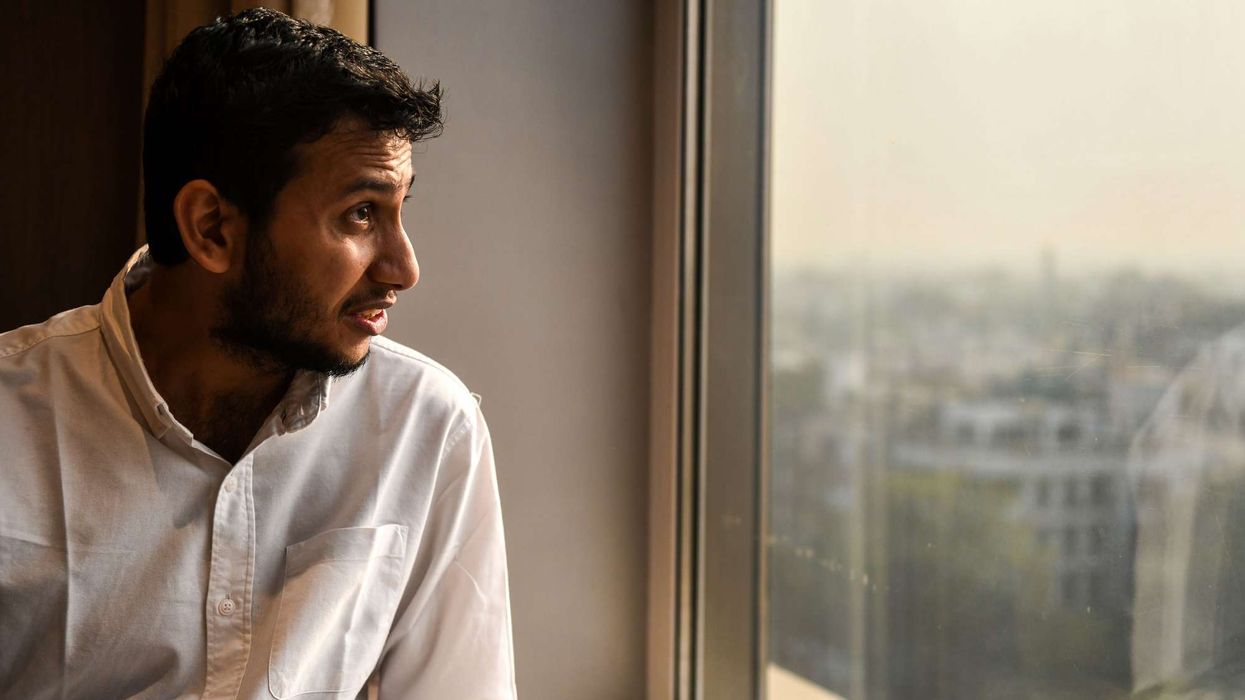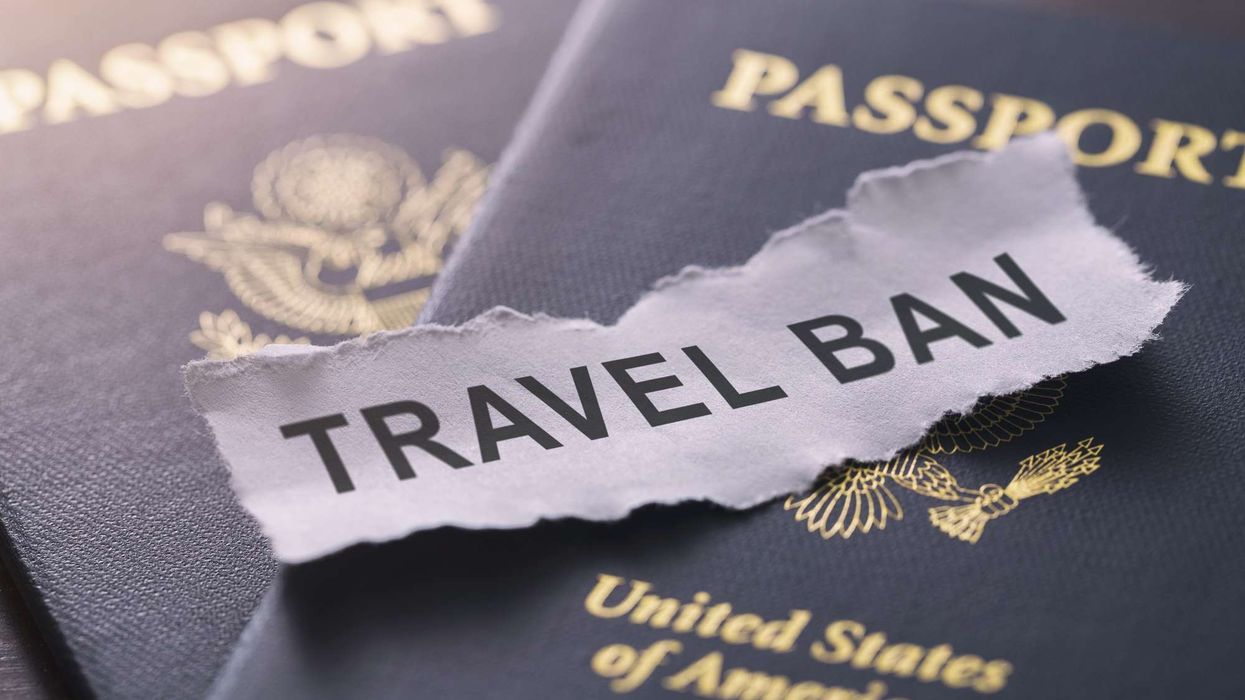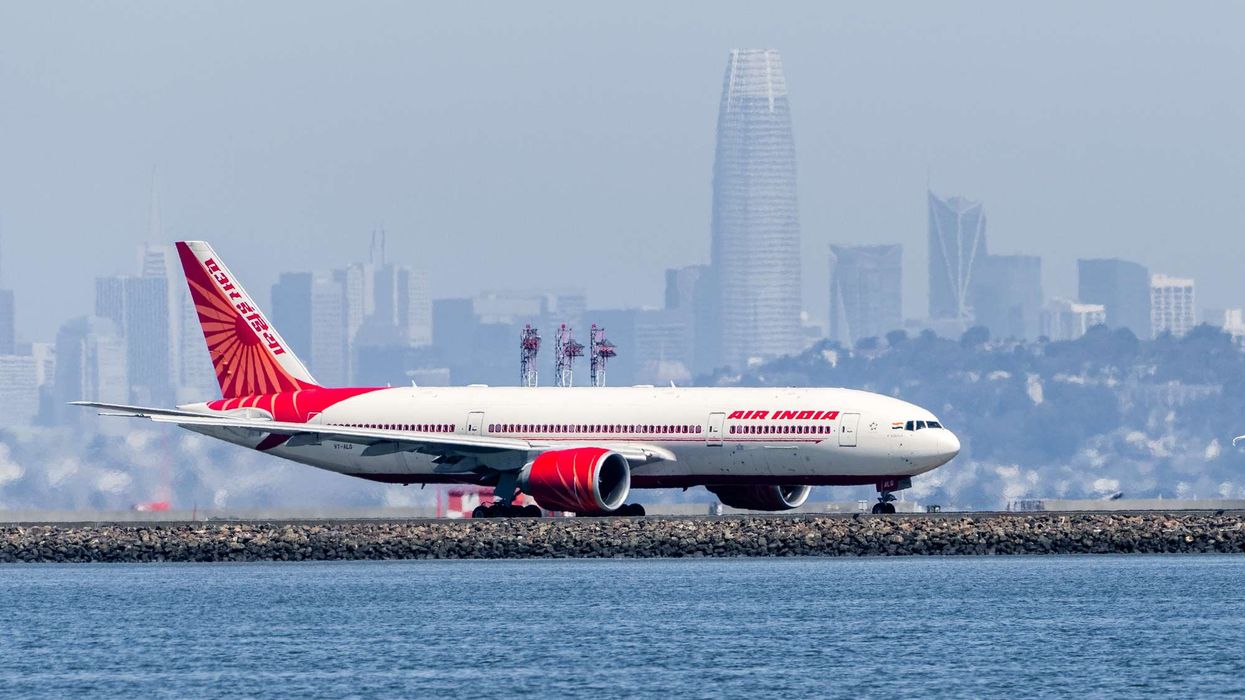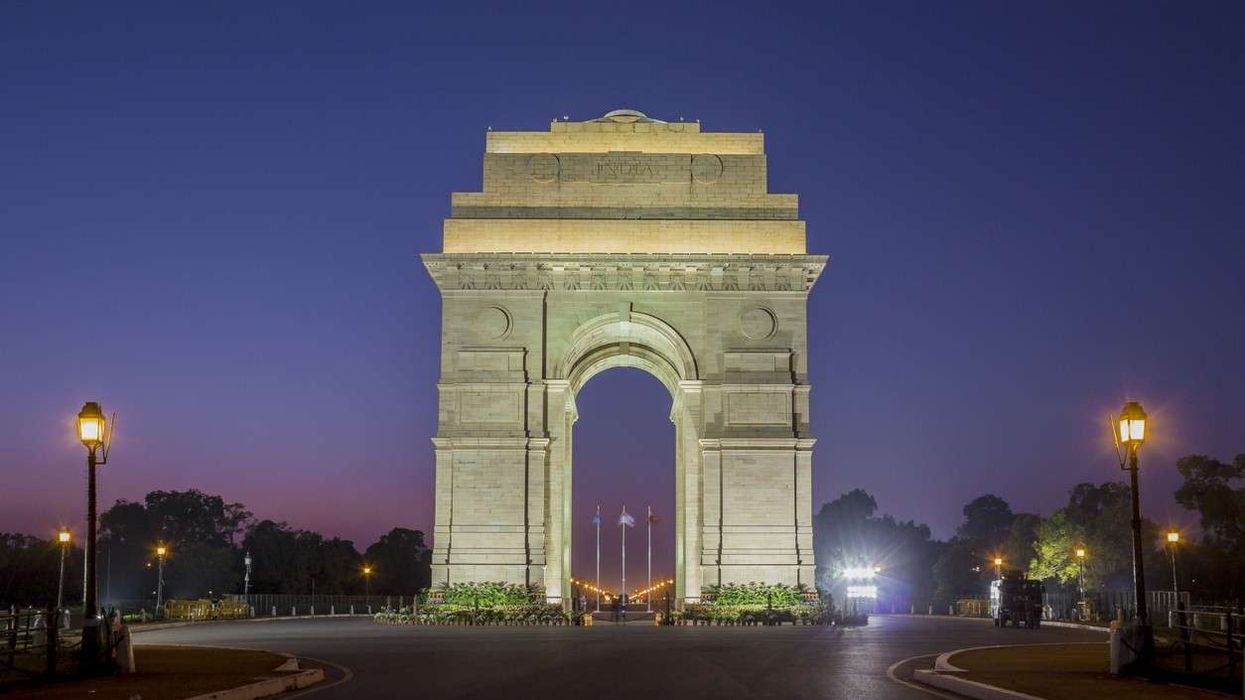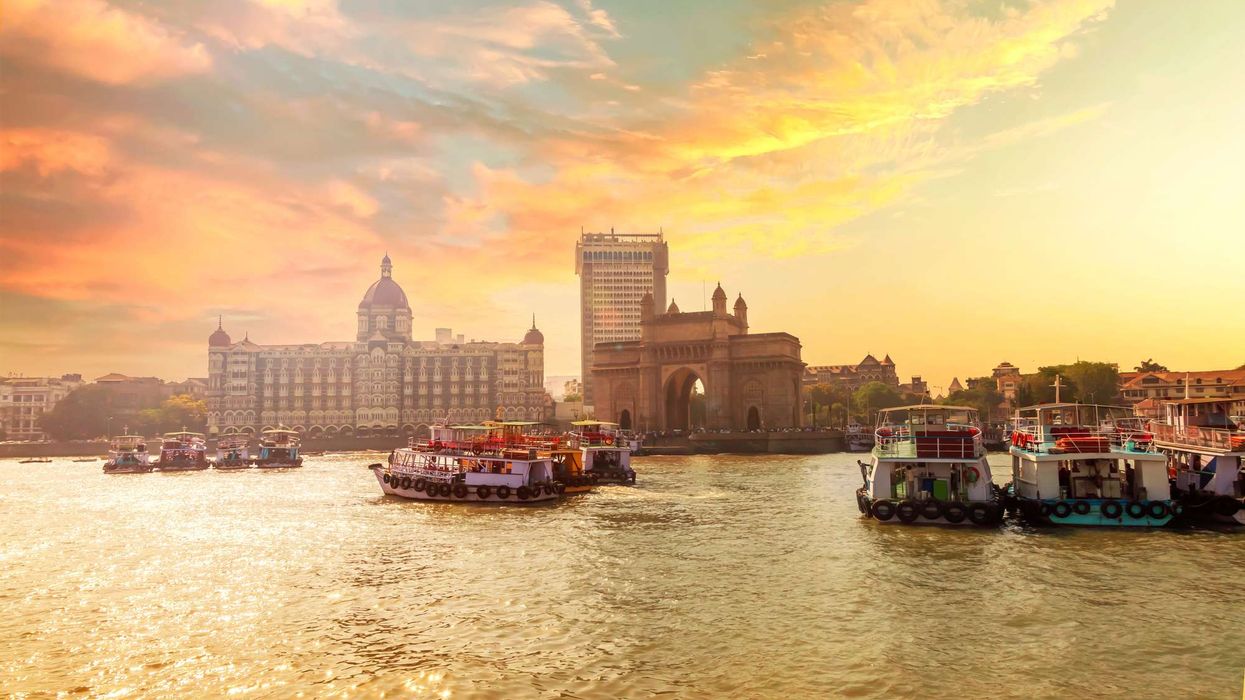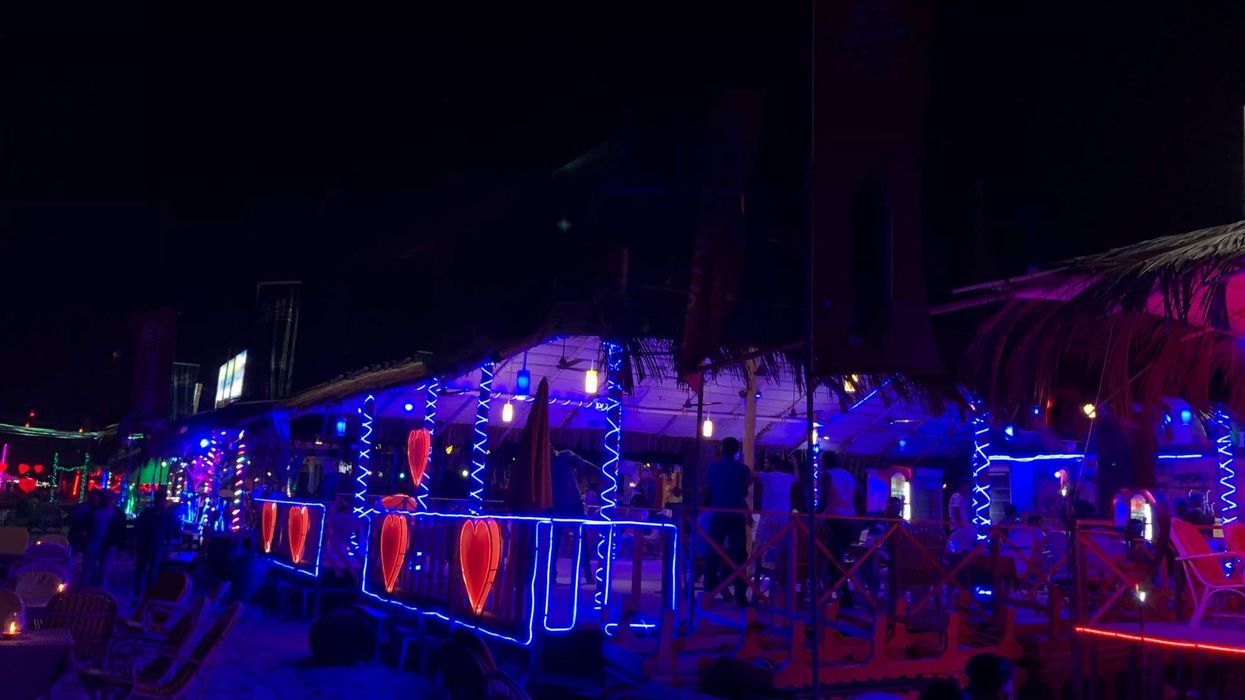WEEKLY DEMAND GROWTH for U.S. hotels is slowing distinctly as cases of COVID-19 surge around the country, according to STR. What demand there is continues to move away from crowded cities and toward locations with access to natural attractions and wide-open spaces.
In a deep dive into data released last week on the week ending July 11, Jan Freitag, STR’s senior vice president of lodging insights, explained in a video how the COVID-19 surge was affecting business.
“Unfortunately, the number of new COVID-19 cases continues to rise sharply. Last week we counted just under 400,000 new cases in the U.S.,” Freitag said. “RevPAR performance was much worse than it was in the prior week, but that was expected because last week we had the July 4 easy comp. This week’s minus 54.6 percent RevPAR decline compared to the same week last year is actually slightly better than it was two weeks ago, which is in line with the trajectory that we had expected.”
Demand increased by more than 200,000 rooms week over week, but Freitag said the news is not all positive.
“When you look at the shape of the number of rooms sold trajectory, one thing is clear, it seems to have slowed,” Freitag said.
For the first five weeks following the trough in the week of April 11, he said, demand grew an average of 8.3 percent. During the last four weeks, however, that growth rate dropped to 2.9 percent.
“We will continue to monitor this, but is this a trend, or a blip is the question in the analysts’ minds,” Freitag said.
On a state-by-state basis the pandemic’s effects were evident.
“Wherever COVID cases ramped up sharply their room demand decreased over a two-year period,” Freitag said. “This demand decline is widespread and throughout the entire state.”
South Carolina saw the largest demand growth decline, down 15.5 percent when compared with the week ending 27 June. Also, 12 of 13 Florida markets reported a demand decline when compared with the week ending 27 June.
However, Colorado Springs, Colorado, saw the highest weekend occupancy at 81.7 percent. Mobile, Alabama, saw 77.1 percent, and other destinations with occupancy levels over 70 percent included South Dakota, Daytona Beach, Florida, and the Florida Keys.
Idaho, South Dakota, Montana, Wyoming and Mississippi all saw occupancy between 56 and 63 percent while Illinois, Maine, Massachusetts, Washington, D.C. and Hawaii all saw occupancy under 40 percent Interstate and small-town occupancy rates also were more than 50 percent.
“Where did people go? They chose the wide-open spaces,” Freitag said. “What we fully expect is, as the summer season continues, is that people will take their car or their RV and go the states that are considered to be a little less crowded,” he said.

